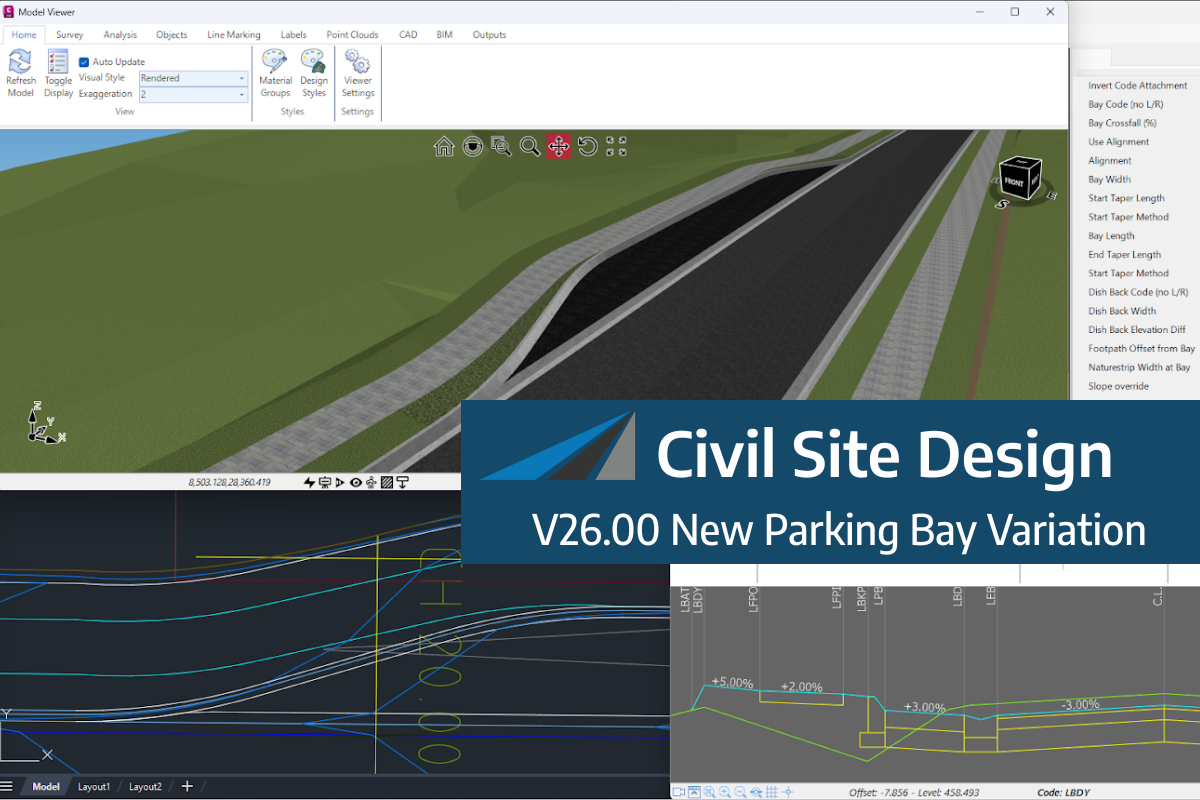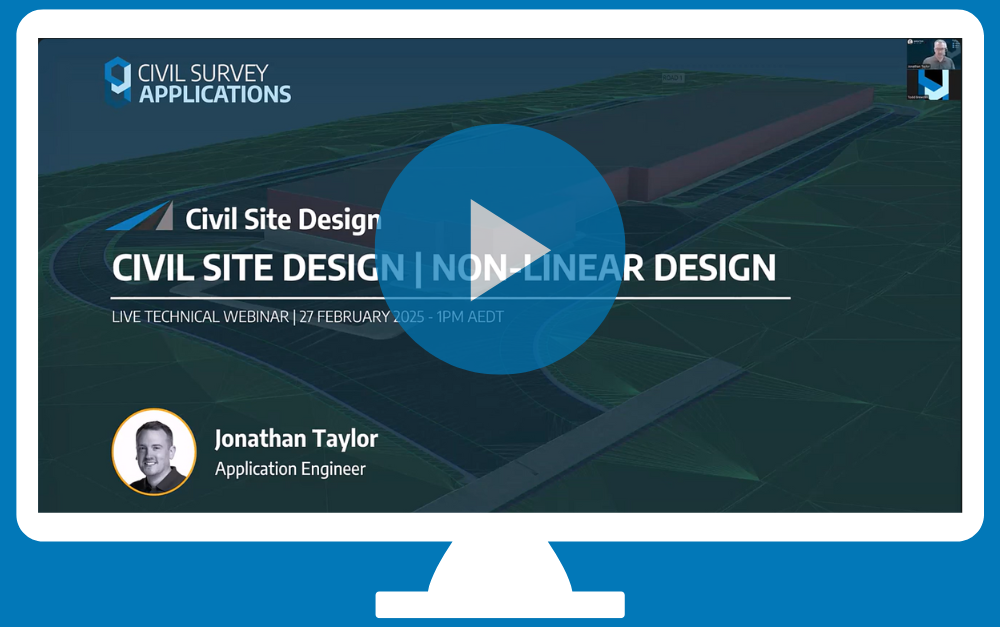The DRAINS exchange for Civil Site Design has been established for over 10 years and has provided users with a solution of drafting in the CAD environment, analysing in DRAINS and generating design long sections with the HGL in Civil Site Design. This popular functionality has been a staple for drainage engineers looking to speed up the process of designing and drafting between the applications.
In V18.20, a brand-new interface was created to make it easier for users to transfer pits, pipes, catchments & overflow routes from the project DRAINS for analysis.
In Civil Site Design V23.10 & V24.0, further development was undertaken on the exchange process which provides users with some improved functionality. Here is an overview of some of the updates:
Catchments
The DRAINS Catchment form now has a file menu option to export & import catchment data entries, saving users time in completing the form for every catchment. In addition, the catchment entries can be ‘set as default’, again saving time on form completion. The Sub Catchment Name is automatically named using the pit number assigned from Civil Site Design.

Overflows
The ‘DRAINS section’ column now automatically applies the first DRAINS overflow available in the list, meaning less time manually assigning a DRAINS section to each pit. Quick assignment of ‘DRAINS sections’ can also be applied highlighting multiple rows and overriding selected entries.
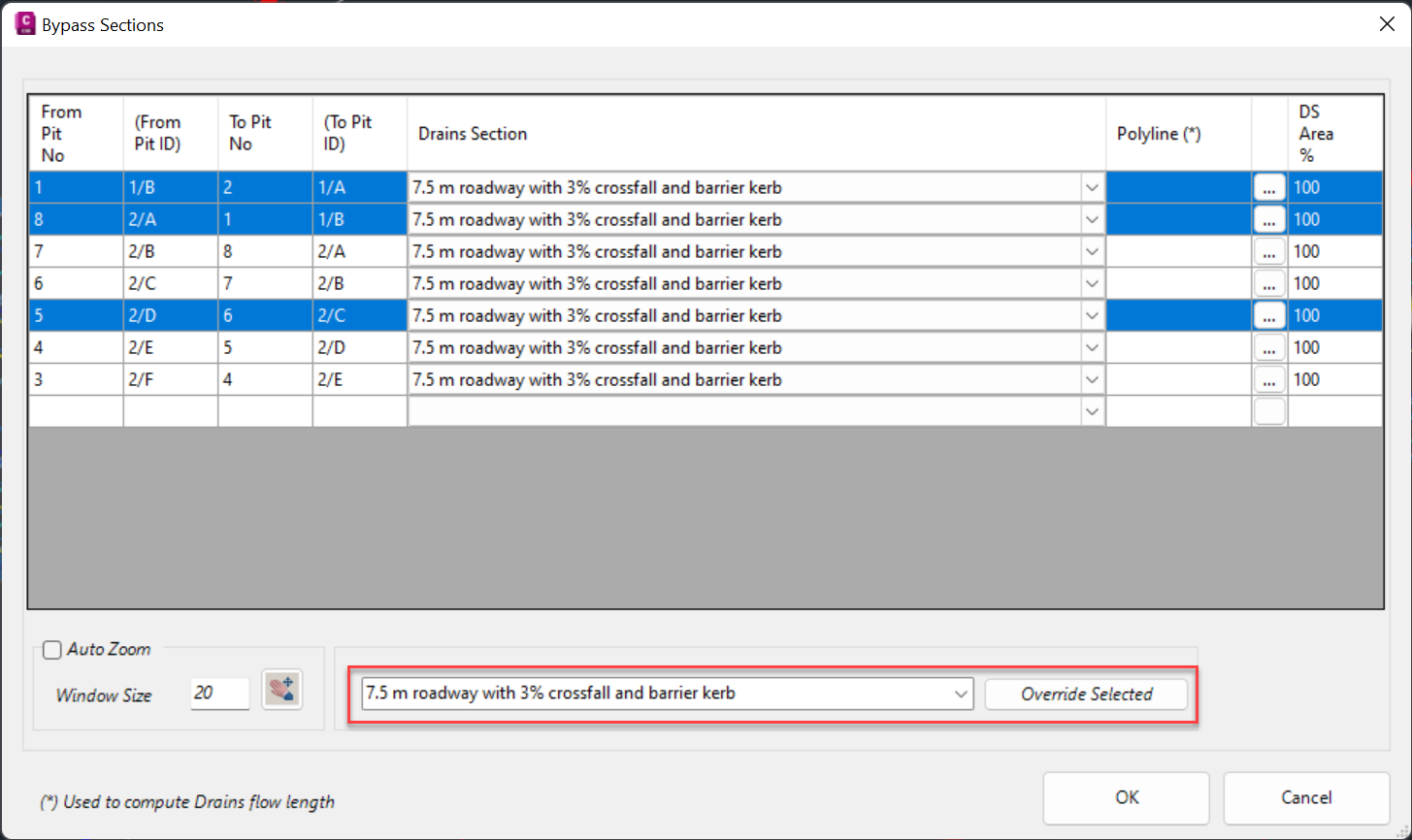
Watercom DRAINS Export
Quick assignment of DRAINS families and size/descriptions can now be applied by highlighting multiple rows and overriding selected entries.
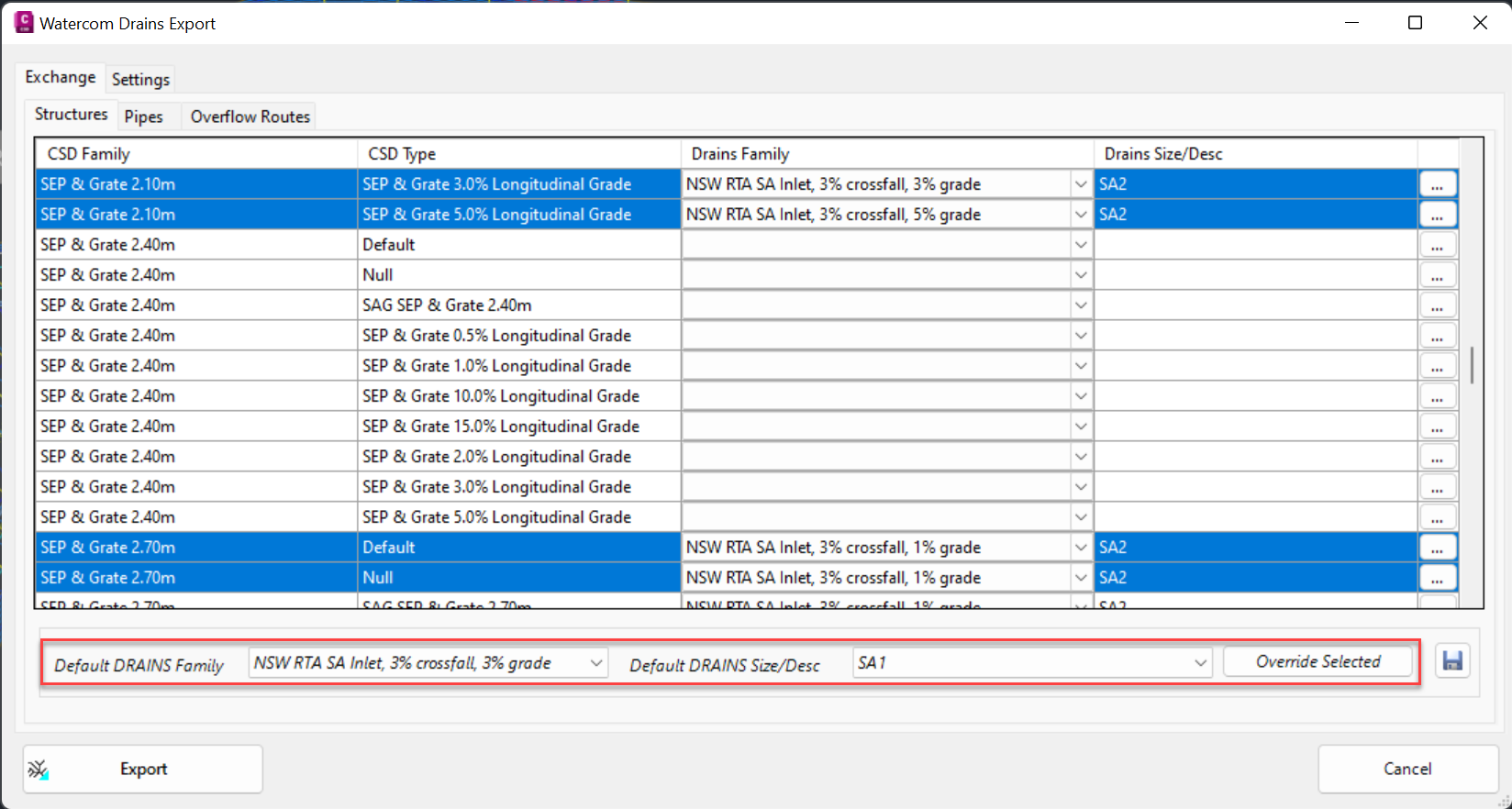
Watercom DRAINS Import
We’ve improved the messaging on DRAINS Import command to confirm that the imported results are displayed for the ‘Minor’ frequency storm.
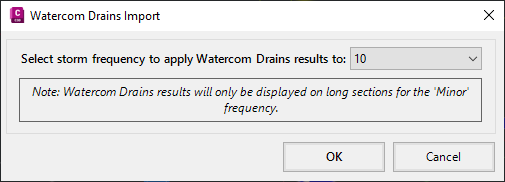
DRAINS EOFY SALE
Our friends at Watercom are having their best-ever EOFY Sale! Get up to 50% off new DRAINS licences, subscriptions, upgrades, Online Training & and In-Person Workshops!
One of the exciting new features in the Civil Site Design V26 and Stringer Topo V26 release is the Surface from LAS command. Often LiDAR and point cloud data is saved as a LAS file, which previously required interpreting in another software prior to being imported to create a surface. This new command allows you […]
An exciting new tool in Civil Site Design/Corridor EZ v26 is the Vertical Grading Optimizer which can create vertical design profiles based on the parameters you set. Previously, the vertical best fit design profile was based on matching closely to the terrain (within preset cut/fill depths) and adding vertical curves. Mostly, you would remove these […]
We know parking bays come in all shapes and sizes, and that many of them deserve an independently designed string (with cross sections attached to the string to describe the kerb shape of the parking bay). For those parking/bus or widening bays that can be readily described with cross section edits, we’ve got you covered […]
Non-linear design is when a typical, cross section-based design does not generate the intended result. Typically for designs that are non-parallel, such as driveways, car parks, commercial / Industrial, residential & retaining wall projects. In this webinar, our expert, Jonathan Taylor will show you how to use the Civil Site Design tools to tackle these […]



